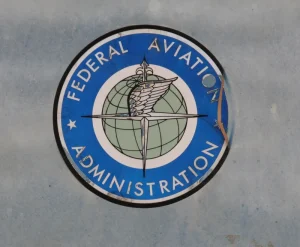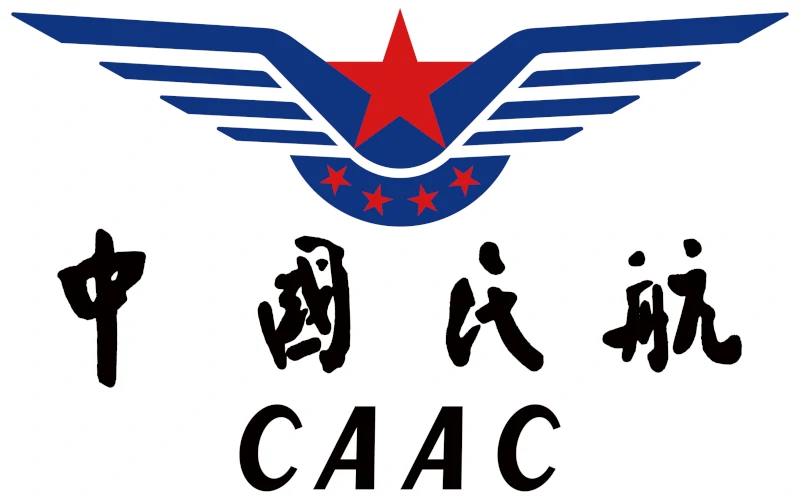The Federal Aviation Administration plays a crucial role in ensuring the safety and efficiency of the aviation industry. From regulating air traffic to certifying pilots and aircraft, the FAA has a wide range of responsibilities that impact both industry professionals and the general public. In this comprehensive guide, we will delve into the history of the FAA, explore its regulations, and demystify the certification process. Whether you’re an aviation student or simply interested in aviation, this guide will provide valuable insights into the workings of the FAA.

The FAA serves as the governing body for civil aviation in the United States. Established in 1958, it has since grown to become a vital institution that oversees and regulates various aspects of the aviation industry. From air traffic control to aircraft certification, the FAA plays a vital role in maintaining the highest standards of safety and efficiency.
History of the FAA
To truly understand the significance of the FAA, it is essential to explore its history. It was established as a response to the increasing growth and complexity of the aviation industry. Over the years, it has evolved to meet the changing needs of the industry, adopting new technologies and implementing innovative regulations to enhance safety and efficiency.
FAA Regulations
One of the core functions of the FAA is to establish and enforce regulations that govern the aviation industry. These regulations cover a wide range of areas, including pilot certifications, aircraft maintenance, air traffic control, and airport operations. By setting these standards, the FAA ensures compliance and safety across all aspects of aviation.
Compliance with FAA regulations is not only a legal requirement, but it is also essential for maintaining the highest levels of safety in aviation. These regulations are continuously updated and revised to keep up with advancements in technology and address emerging challenges in the industry.
Certification Process
The FAA certification process is a crucial step for individuals and organizations involved in aviation. Whether it’s obtaining a pilot’s license, certifying an aircraft, or establishing an aviation maintenance facility, the certification process ensures that all necessary requirements are met.
This process involves rigorous evaluation and verification of qualifications, adherence to safety standards, and compliance with FAA regulations. It is designed to ensure that aviation professionals and organizations maintain the highest levels of competence and safety.
Impact of the FAA on Aviation Students
Aspiring aviation professionals, including pilots, air traffic controllers, and aircraft maintenance technicians, must have a comprehensive understanding of the FAA and its regulations. The FAA’s influence extends to aviation education and training programs, where students are introduced to the regulations and procedures they will encounter throughout their careers.
Understanding and adhering to FAA regulations is crucial for aviation students, as it not only ensures compliance but also instills a culture of safety and professionalism. By integrating the regulations into their training, aviation students are better prepared to navigate the complexities of the industry and contribute to a safe and efficient aviation system.
Preparation for eVTOL Licensing
The Federal Aviation Administration is actively preparing for the licensing of electric vertical takeoff and landing (eVTOL) aircraft. Recognizing the potential of this innovative technology, the FAA is developing a regulatory framework to ensure that these aircraft meet the same rigorous safety standards applied to traditional aviation. This includes establishing criteria for pilot training, aircraft certification, and operational safety. The FAA’s proactive approach aims to foster innovation while maintaining the highest safety standards. It is anticipated that the advent of eVTOL aircraft will significantly transform the aviation industry, and the FAA’s preparation is a crucial step in facilitating this evolution.
Other regulatory authorities in the world:


Pingback: The European Union Aviation Safety Agency (EASA) - eVTOL World
Pingback: Urban Air Mobility (UAM) - eVTOL World
Pingback: The Civil Aviation Administration of China (CAAC) - eVTOL World
Pingback: Dragon eVTOL Assembly Kit - eVTOL World